How much does it cost to build a house in Poland?
How much does it cost to build a house in Poland as a UK expat? Find out in our essential guide, covering everything you need to know.
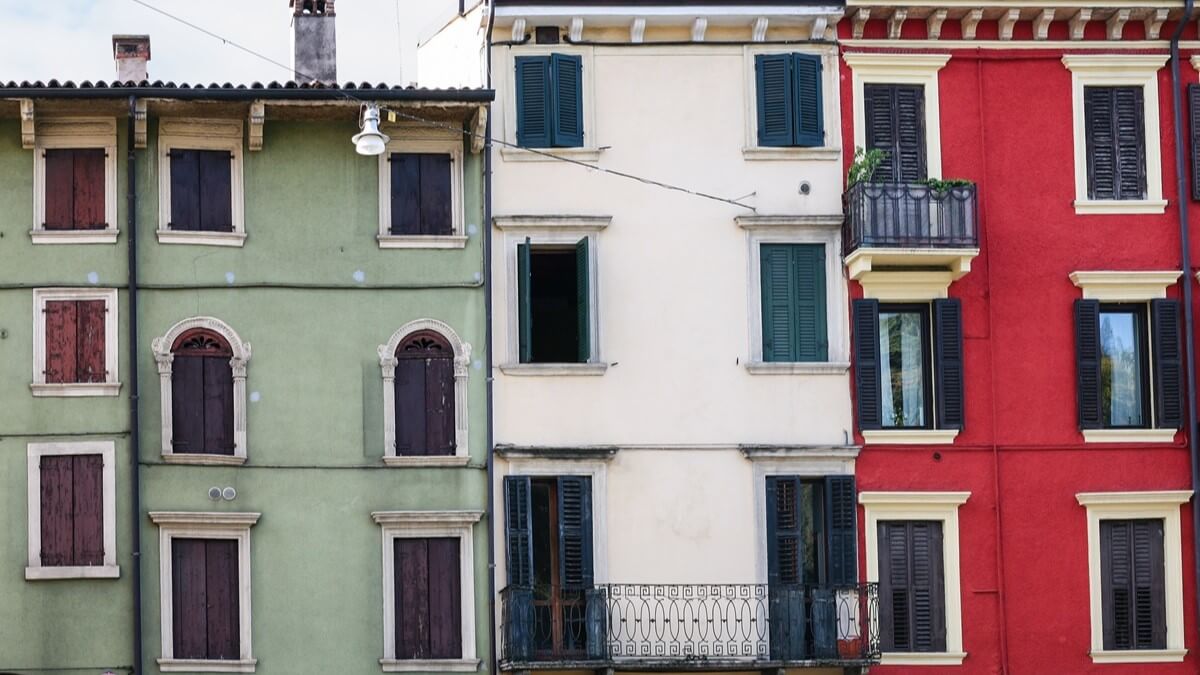
Have you found a beautiful house in Italy that needs some love? Or maybe you’re dreaming of an Italian renovation project in the future? We’re here to tell you everything about Italian property restoration and house renovation and take you through the process.
In this guide, we’ll cover the pros and cons of renovating a house in Italy, break down all the costs and help you create a renovation schedule. Also, we’ll tell you what you should consider before even beginning.
Finally, since renovation can be chaotic and costly, you may want to make this process less stressful. The Wise account will allow you to send large amounts of money between the UK and Italy for low fees*.
That means you could use what you save in fees or hidden markups to cover any upfront renovation payments.
It can even auto-convert your pounds to euros at the mid-market rate and help you save even more.
You might be thinking about renovating a house in Italy for various reasons. It could be because you’d like to rent it out, or even make yourself a second home or a holiday home. Maybe you’re looking to renovate in order to sell it?
However, before you get into it, you should first consider whether renovating is even worth it for you. Just like building from scratch, there are lots of things you need to plan out and pay for.
To sum it up, here are some pros and cons to renovating a house in Italy:
Pros:
Cons:
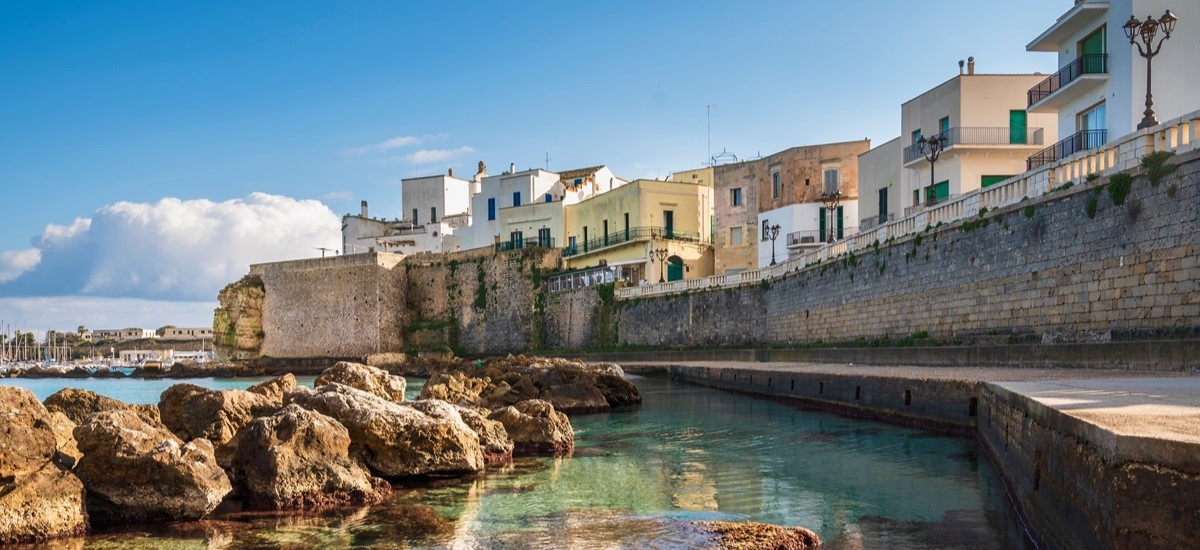
You can hire an agent to help find a property for you in Italy and save yourself the trouble. However, if you’d like to browse through some houses online, these are some famous Italian estate agent and property websites:
There are also some government schemes to encourage foreigners to buy and renovate properties in less populated areas. One of them is the 1 euro houses scheme, which allows you to buy a house in Italy for only 1 euro, as long as you prepare a renovation project and cover all expenses.2
Renovating a house is a challenge even in the UK, let alone in a foreign country. There are many difficulties that you could encounter along the way, such as having problems with permits, language barriers or not keeping up with your schedule.
Therefore, you should really ask yourself whether this is something you’re ready to commit to, all potential pitfalls included. If you’re up for a challenge, here are some important considerations and questions to ask yourself to make your Italian renovation easier:
Some properties in Italy are considered historically and artistically important and are therefore protected from major alterations. This is regulated through the Code of Cultural Heritage and Landscape.3
There’s an association which brings together the owners of those properties called Associazione Dimore Storiche Italiane and they list their houses, villas and other real estate on the official website.4
In order to renovate or reconstruct a property in Italy, you first need a building permit or Permesso di Costruire. This permit authorises construction and demolition according to the local municipality's development structure plan. Besides this, the two most common permits are SCIA and CILA.
The Certified Notification for the Initiation of Activities or Segnalazione Certificata di Inizio Attività (SCIA) grants permission to do major construction work. On the other hand, the Authorised Notification of the Initiation of the Activities or Comunicazione di Inizio Lavori Asseverata (CILA) is needed for moderate structural and renovation work.
Property evaluation in Italy is usually done by a licenced appraiser or perito immobiliare. The appraiser needs to have experience in the real estate industry, knowledge of the cadastral system, environmental certification and understanding of finance.
Having a strict renovation schedule is very important in order for a successful renovation. If you plan on buying a house through the 1 euro houses scheme, this is also one of the conditions.
Here’s what a renovation schedule roughly looks like and the order you should undertake renovation tasks in:
It’s important to hire reputable and reliable contractors in order to finish your renovation smoothly. You could look for them through certain professional organisations such as the Associazione Nazionale Costruttori Edili (ANCE) or the Confederazione Nazionale dell’Artigianato e della Piccola e Media Impresa (CNA).
Consider hiring a translator, especially in the initial stages or when talking about international invoices.
The construction company in charge of the renovation is obliged to sign two insurance and liability policies. Those are the provisional, definitive surety and the posthumous, ten-year policy.
Even if you create a perfect renovation schedule, some unforeseeable things can delay it, from the weather to sourcing materials.
That’s why you should always have a contingency or backup plan. For example, consider change orders or amendments to the original contract.
The main fees you’ll have are necessary building permits. Consider paying them with Wise, since your pounds will be automatically converted at the mid-market exchange rate and low fees*.
When it comes to taxes, you can even reclaim 50% of your renovation expenses through an income tax deduction with the Renovation bonus system.
It’s better to hire professionals to help you with renovating a house in Italy, at least when it comes to making sure all the work meets legal requirements.
In case you encounter a problem, make sure you seek independent legal advice immediately. Keep in mind that the Foreign, Commonwealth & Development Office (FCDO) can’t directly get involved in private legal issues abroad. However, they could give you a list of translators and English-speaking lawyers.
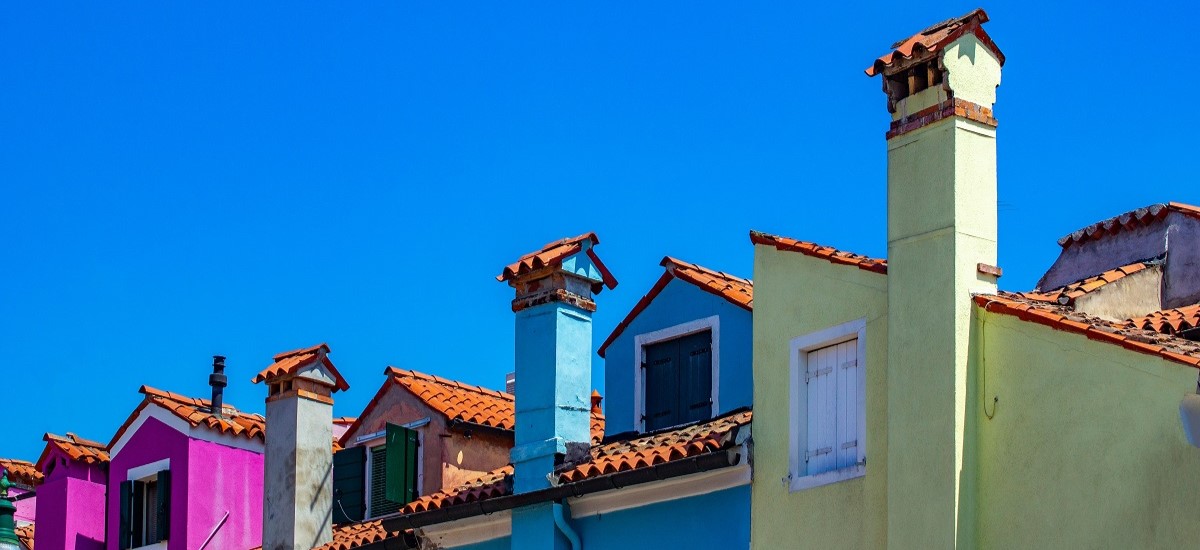
Now that we’ve covered some things you should consider, let’s answer the question - how much does it cost to renovate a house in Italy? We’ll go through individual refurbishment expenses and tell you how much you can expect to pay on average.
A concrete roof structure costs from €100 to €130 per square metre or from £85 to £111. Roof ventilation with thermal insulation is another €70 to €100 or £60 to £85. Finally, the tiles cost from €10 to €50 or £8.5 to £43, depending on the type of tile.
On average, your roof renovation could cost from €180 to €200 per square metre or from £154 to £171.
The average price of flooring replacement in Italy is between €18 and €70 per square metre, which is between £16 and £70. For example, porcelain floor tiles cost between €15 and €35 or between £13 and £30, while the cost of wooden parquet varies between €30 and €80 or from £26 to £68 per square metre.
In total, you could expect to pay from €3,000 to €5,000 for kitchen remodelling and installation in Italy, which is around £2,560 to £4,270. The final price will also depend on the cost of your appliances and furniture.
An estimated cost for renovating a bathroom in Italy is from €800 to €1,200 per square metre. That’s roughly between £680 and £1,020.
Certain interventions have a fixed price, no matter the size of the bathroom. For example, bathtub or shower change will set you back between €500 and €2,000 or around £430 to £1,700.
On average, you’ll pay between €5 and €30 per square metre of interior painting or between €14 and €100 for exterior painting. This is between £4.2 and £26 or between £12 and £85.
This depends on many factors, but it’s approximately €20 to €50 per light point or £17 to £43.
This can vary significantly, since it involves all of the other costs we’ve listed. For reference, an average 20 square metre loft conversion in the UK costs between £20,000 and £30,000, which is around €23,500 to €35,200.
It’s hard to say given the specialist nature of these houses, but €1,700-€2,000 excluding VAT per square metre is the average in Piemonte, for example.
Let’s list the main expenses in your Italian renovation:
| Renovation type 🔨 | Average cost 💶 |
|---|---|
| New roof | €180-€200/square metre (£154-£171) |
| Paint a house | €5-€30/square metre for interior (£4.2-£26) or €14-€100 for exterior (£12- £85) |
| New kitchen | €18-€70/square metre (£16-£70) |
| Bathroom renovation | €800-€1,200/square metre (£680-£1,020) + bath change €500-€2,000 (£430-£1,700) |
| Rewiring | €20-€50 per light point (£17-£43) |
That was pretty much all you should consider before starting to renovate a house in Italy. You should have a better idea of how much it costs and what it can look like.
Renovating comes with various expenses, from paying contractors to permits and materials. A Wise account can aid you in avoiding any hidden fees and help you cut costs on cross currency transactions.
While we’re not a bank, the Wise account is an alternative to traditional bank accounts. You can send money between the UK and Italy at the mid-market exchange rate for transparent, low fees*.
There’s even a dedicated support team for all large amount transfers to help put your mind at ease when transferring high amounts of money to Italy.
Let’s answer some common questions about renovating a house in Italy:
Not necessarily. This mainly depends on the size of your house, how much of the layout you want to change etc.
Yes, you can reclaim 50% of your renovation expenses through an income tax deduction. The maximum amount is €96,000 per property. Learn more about what buying property abroad means for your taxes.
You’ll pay a reduced 10% VAT rate for home renovations and repairs in Italy.
The real estate market in Italy is only expected to grow, so it’s likely a worthwhile investment. Though you should always seek professional financial advice before investing in real estate.
On average, construction workers in Italy get paid around €16 per hour or around €34,000 annually.
Sources used:
1. Accounting Bolla - permits for renovating a house in Italy
2. The Independent - Italy’s one euro house scheme
3. Council of Europe - Italy Code of Cultural Heritage and Landscape
4. ADSI - ADSI houses
5. Architect in Italy - building permits
6. Italy Law Firms - property appraisals in Italy
7. ExpatFocus - hiring Italian contractors
8. Architect in Italy - property renovation insurance in Italy
9. Adigrat Real Estate - Italy’s home bonuses
10. Gov.uk - UK guidance for buying property abroad
11. Casa.top - average Italian roofing prices
12. Cronoshare.it - average flooring cost in Italy
13. Idealista - average kitchen refit cost in Italy
14. Idealista - average bathroom cost in Italy
15. PGCasa.it - house painting costs
16. Jopla - rewiring costs in Italy
17. GreenMatch - average loft conversion prices
18. House in Piemonte - Piemonte property cost
19. eClear - Italy VAT guide
20. GetGoldenVisa - buying property in Italy
21. Economic Research Institute - Italian construction worker salary
Sources last checked on date: 29-Aug-2024
*Please see terms of use and product availability for your region or visit Wise fees and pricing for the most up to date pricing and fee information.
This publication is provided for general information purposes and does not constitute legal, tax or other professional advice from Wise Payments Limited or its subsidiaries and its affiliates, and it is not intended as a substitute for obtaining advice from a financial advisor or any other professional.
We make no representations, warranties or guarantees, whether expressed or implied, that the content in the publication is accurate, complete or up to date.
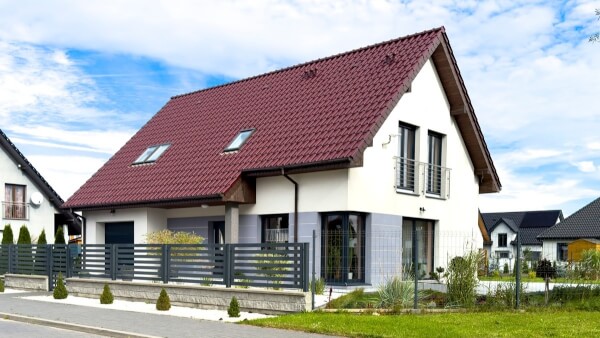
How much does it cost to build a house in Poland as a UK expat? Find out in our essential guide, covering everything you need to know.
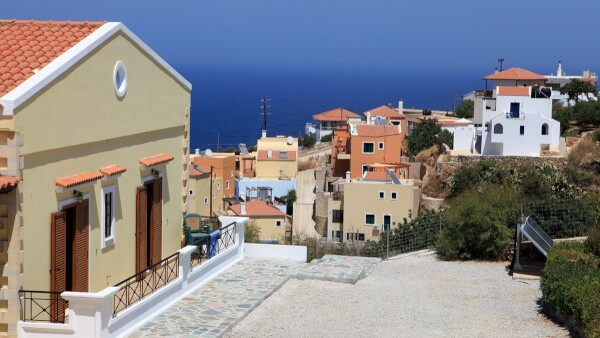
How much does it cost to build a house in Greece as a UK expat? Find out in our essential guide, covering everything you need to know.

Read our comprehensive guide to buying a house abroad, including how to arrange finance for overseas property purchases.

Read our roundup of 8 of the best places to buy land in the world as a Brit, looking at average land prices, buyer’s costs and more.

Read our guide to selling property in India and bringing money to the UK, covering taxes, transfer methods and other essential information.

Read our essential guide to investing in US farmland from the UK, including rules on foreign land ownership, average prices per acre, and much more.